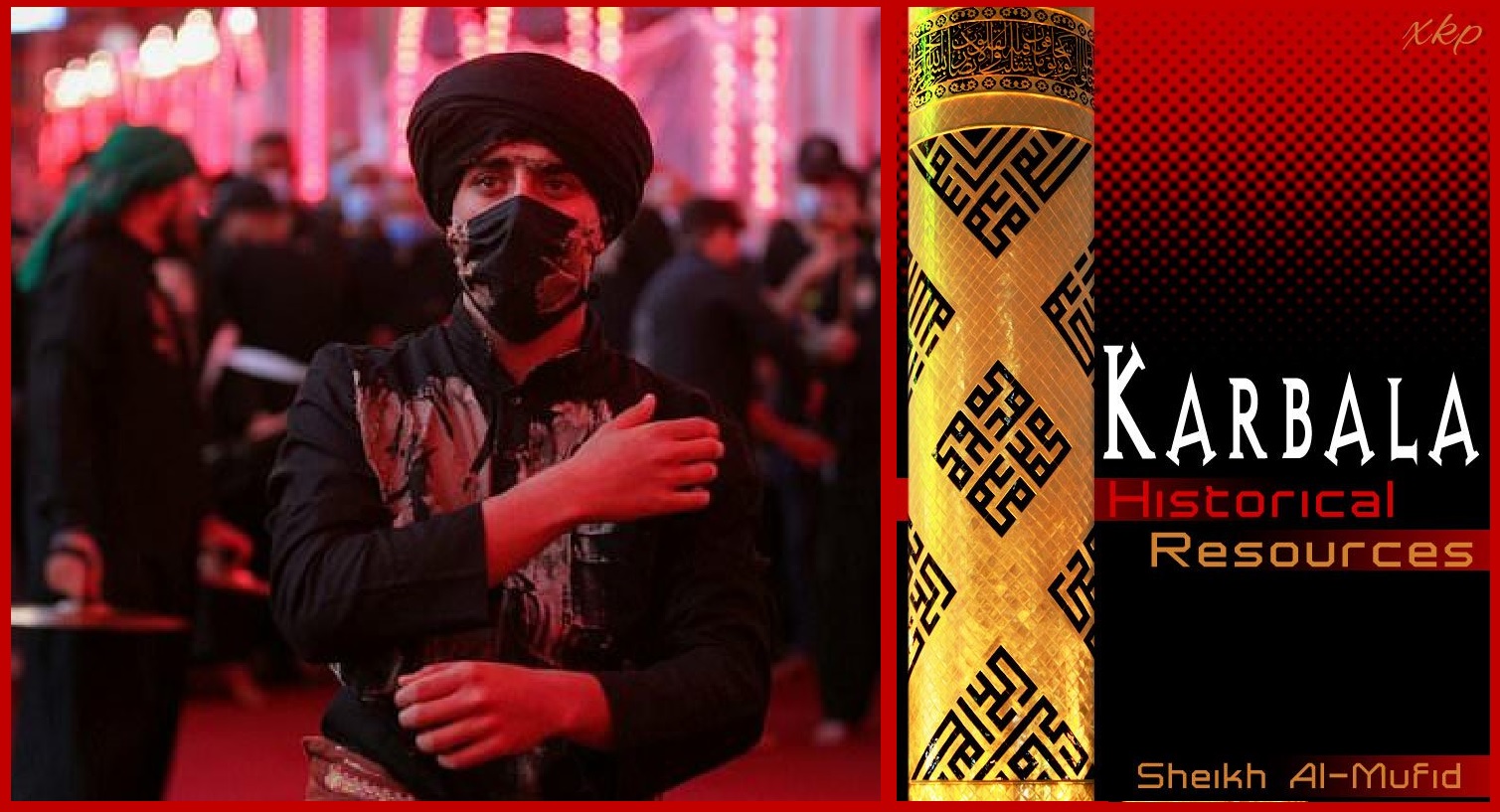By Shaikh Al Mufid
The importance of the martyrdom of the Imam al-Husayn can be seen in the great attention paid to it by the early Muslim historians whose works have survived to the present day. Most of these historical works are of a general kind but the amount of space which they devote to this event indicates the momentous impact it had on Muslims.
The early historians whose works are my main concern all lived in the third and fourth centuries of the Islamic era. They based their works, in the main, on earlier monographs devoted entirely to the subject which only survived in these later works. Fortunately the bibliographical works of Ibn Nadim, al-Tusi and al-Najashi provide us with evidence of many of these earlier monographs.
We can also deduce them from the writings of later historians. In at-tempting to describe this historical tradition, I have divided the account into ten phases. In these phases, I will point out what survives from earlier writers and analyze the different presentations.
It will be necessary, first, to give a list of the monographs or lengthy ac-counts on the martyrdom of al-Husayn which we have some record of or which we can summarize:
*al-Asbagh b. Nubata[1] (d. second half of 1st cent. AH),
*Jabir b. Yazid al-Ju`fi[2] (d. 128) ,
*Ammar b. Mu`awiya[3] (d. 133) ,
*`Awana b. al-Hakam[4] (d. 147) ,
*Abu Mikhnaf[5] (d. 157) ,
*Hisham b. al-Kalbi[6] (d. 204) ,
*Al-Waqidi[7] (d. 207) ,
*Nasr b. Muzahim[8] (d. 212) ,

